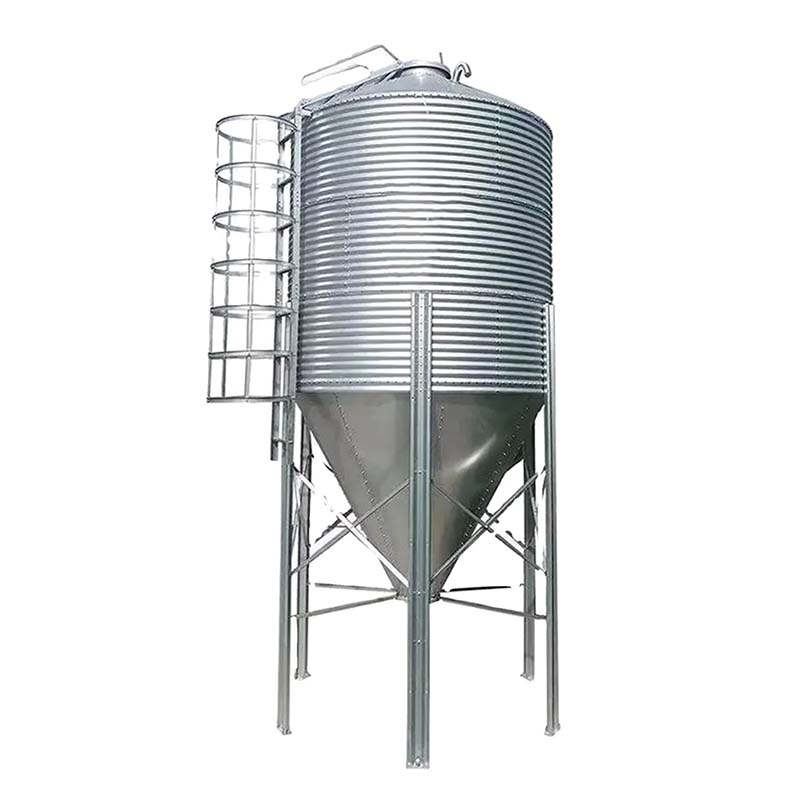Effective Solutions for Selecting and Installing a High-Performance Exhaust Fan for Your Shutter System
Iyul . 27, 2024 01:19 Back to list
Effective Solutions for Selecting and Installing a High-Performance Exhaust Fan for Your Shutter System
Understanding Shutter Exhaust Fans An Essential Component for Ventilation Systems
In modern buildings, proper ventilation is crucial for maintaining a healthy and comfortable indoor environment. One of the key components in achieving effective ventilation is the shutter exhaust fan. Shutter exhaust fans are critical devices that facilitate the removal of stale air, moisture, and pollutants from enclosed spaces, thus promoting better air quality and energy efficiency.
A shutter exhaust fan operates by drawing air from the inside of a structure and expelling it outside. This process is essential in various settings, including residential homes, commercial establishments, and industrial facilities. The fan consists of a motor, blades, and a shutter system that automatically opens and closes, depending on the fan's operation. When the fan is activated, the shutters open to allow air to flow out, and when it is turned off, the shutters close, preventing outside air and contaminants from entering.
Understanding Shutter Exhaust Fans An Essential Component for Ventilation Systems
Energy efficiency is another notable advantage of using shutter exhaust fans. These fans can help regulate indoor temperatures by expelling hot air during the summer months. In industrial settings, for example, excess heat generated from machinery can lead to uncomfortable working conditions. Using shutter exhaust fans effectively reduces the need for air conditioning, which can significantly lower energy costs.
shutter exhaust fan 24

Moreover, the installation of shutter exhaust fans can also help control humidity levels. High humidity can lead to various problems, including mold and mildew growth, which can adversely affect both health and structural integrity. By effectively removing humid air, shutter exhaust fans contribute to a dryer environment, which is particularly important in bathrooms, kitchens, and basements.
When choosing a shutter exhaust fan, several factors should be considered. Firstly, the size of the fan should correspond to the space it will serve. A fan that is too small may not provide adequate ventilation, while one that is too large could lead to excessive airflow and energy wastage. Calculating the required air change rate for a specific area can help in selecting the appropriate fan size.
Additionally, the noise level of the fan is an important consideration, especially in residential applications. Fans are available in various sound ratings, and opting for a quieter model can significantly enhance indoor comfort. The efficiency rating of the fan, commonly measured in cubic feet per minute (CFM), should also be assessed to ensure optimal performance.
The installation process of shutter exhaust fans is relatively straightforward; however, it is advisable to engage professional services to ensure they are fitted correctly and safely. Proper installation not only maximizes performance but also extends the life of the fan.
In conclusion, shutter exhaust fans are an indispensable component of effective ventilation systems. Their ability to improve air quality, enhance energy efficiency, and control humidity makes them suitable for various applications. By understanding the benefits and selecting the right fan, individuals and businesses can create healthier environments while saving on energy costs. As indoor air quality becomes increasingly important, the role of shutter exhaust fans will continue to grow in significance, making them a valuable investment for any building.
-
High Performance Exhaust Fan – Efficient Ventilation Solutions for Home
NewsJun.10,2025
-
High-Quality Gestation Pen for Sows Durable Mobile Pig Pen & Simple Pig Pen Solutions
NewsJun.10,2025
-
High Quality Rabbit Cage Double Tier Designs & Welded Wire Mesh Supplier
NewsJun.10,2025
-
Floating Fish Feed Machine - High Efficiency Floating Fish Feed Extruder for Small Scale Production
NewsJun.10,2025
-
Premium Poultry Housing Solutions Mobile & Commercial Free Range Options
NewsJun.10,2025
-
Industrial FRP Fans Corrosion-Resistant Blades & Centrifugal Systems
NewsJun.09,2025






